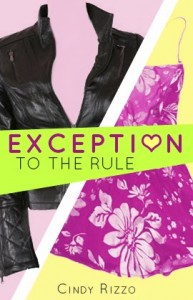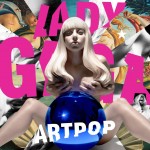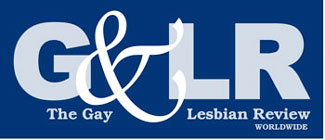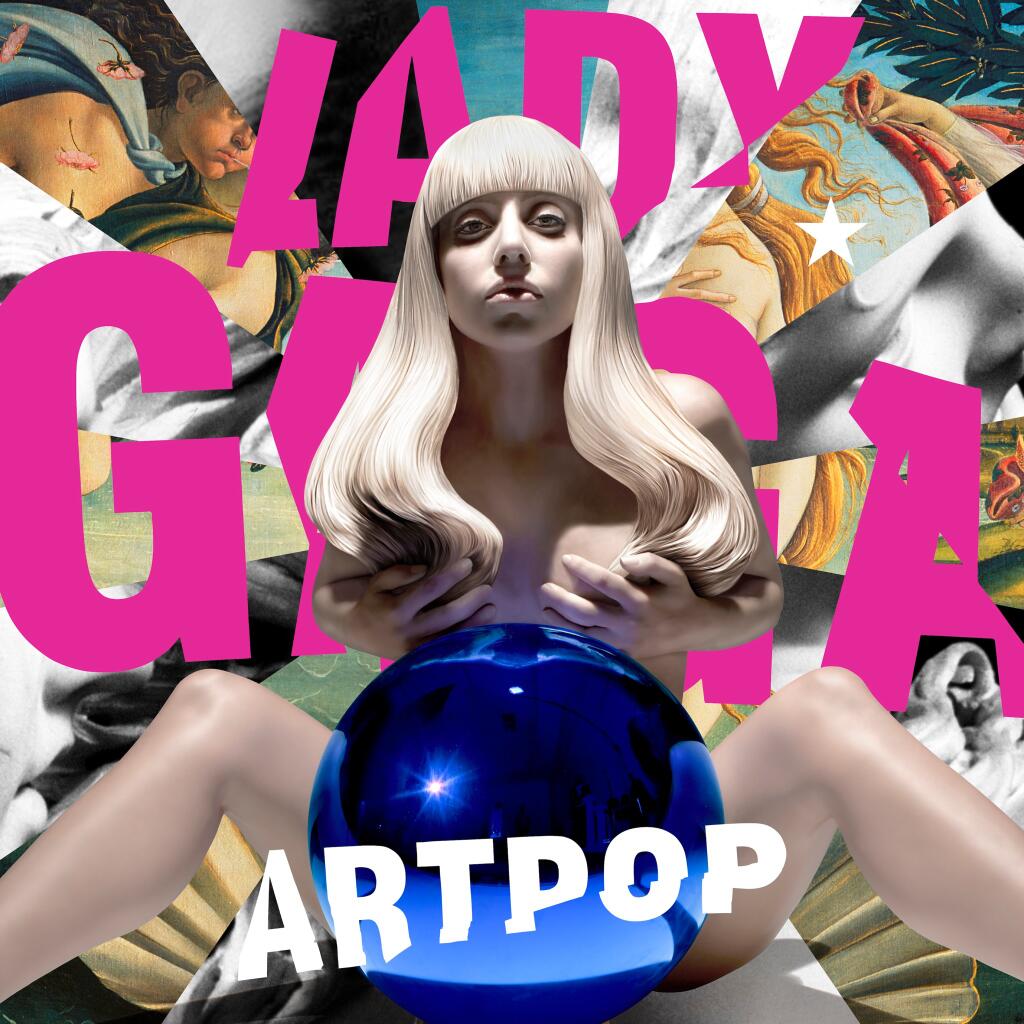 Exception to the Rule
Exception to the Rule
by Cindy Rizzo
Independent. 244 pages.
Cindy Rizzo’s debut romance novel, Exception to the Rule, takes us back to the early to mid 1990s. As it has been for generations, going to college (or leaving home and a hometown) was often the prerequisite for coming out as gay, both to oneself and to the world. In this context, before Will & Grace, before gay/straight alliances, and before gay marriage, Rizzo introduces us to Robin Greene, Angie Antonelli and Tracy Patterson, all lesbians who meet at a fictional university outside Boston. Each is a bit of a type: Robin, suburban, looking for some kind of authenticity; Tracy, Southern, full of tricks up her sleeve; and Angie, serious and sure of herself. Robin and Angie find each other first, and they become instant friends. Tracy immediately sets her sights on the lesbian psychology teacher—who has her own issues to contend with. Eventually Tracy and Robin find each other, get together, break apart, and get together again, with all the tension and anticipation that this rhythm implies. This novel falls into a genre currently known as Lesfic, which is indebted to 1950s pulps and 1970s and ‘80s romance novels like the kind The Naiad Press published. As with many Lesfic romance novels, there are sex scenes written with enough “oomph” to please the reader but not make her uncomfortable. The novel interweaves the three main characters’ stories well, with freshman year turning into summer and then sophomore year and onward to graduation. Rizzo uses Robin’s writing ambitions to highlight the plight of homeless or abused gay and lesbian youth, and it’s done with sensitivity but without being overplayed. While this book follows some of the Lesfic formulae, Rizzo’s sensitivity to the details of social interaction elevates the novel to more than just a bit of bedtime reading.
Diane Hamer
 Artpop
Artpop
Album by Lady Gaga
Streamline/Interscope Records
Since her debut album five years ago, Lady Gaga has quickly become the most visible champion of GLBT rights in mainstream culture today. An instant icon, she is beloved by a legion of fans that she calls her “little monsters.” After a brief hiatus due to hip surgery, the 27-year-old songster is back with her third full-length LP, Artpop, a mash-up of art gallery æsthetics and tawdry dance beats. The album’s track titles read like a litany of fetish objects: “Jewels N’ Drugs,” “manicure,” “Fashion!” and “Sexxx Dreams.” She sounds like a female impersonator on at least two numbers: “Venus,” with its inevitable Uranus joke, and “Donatella,” a putative love letter to the Italian designer that Gaga ends up mocking as a human mannequin. “Just ask your gay friends their advice,” she sings, “before you get a spray tan on holiday in Taipei.” Gender-bending abounds on “G.U.Y.” (an acronym for “Girl Under You”) wherein the “you” is either a gay man or another woman. On the whole, Artpop is as messy as a Jackson Pollock painting: like “Dope,” “Mary Jane Holland” is just plain dopey, whereas “Do What U Want” (a duet with R. Kelly) is the sexiest, sleekest duet in recent memory. Meanwhile, the title track—which she sang with Elton John on a televised Muppets special, his red piano abutting hers—is about as entrancing as pop music gets.
Colin Carman






